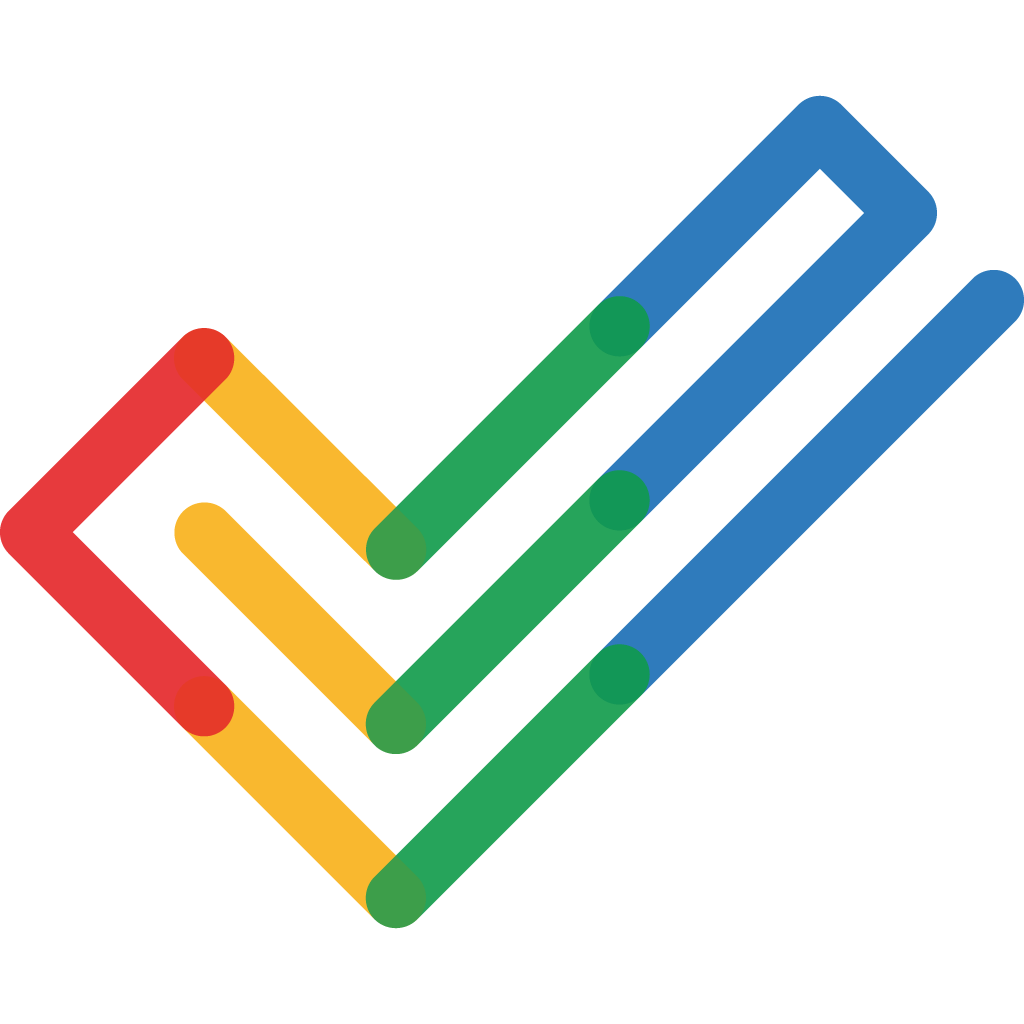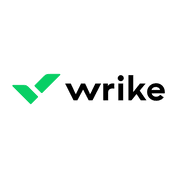Height is a Project Management Software. Height offers Timeline View, Idea Management, Kanban Board, Recurring Task Management, Task Management and many more functionalities.
Some top alternatives to Height includes Quickbase , Smartsheet, ClickUp, Zoho Projects and Taskiem.
Yes, Height provides API.
No, Height doesn't provide mobile app.
Height is located in NA
Height offers Freemium, Subscription, Quotation Based pricing models
Yes, Height can integrate with Figma, Google Sheets, Slab, Zapier and many more.You can find more integration for Height here
The starting price of Height is $6.99/User/Month when Billed Yearly






















